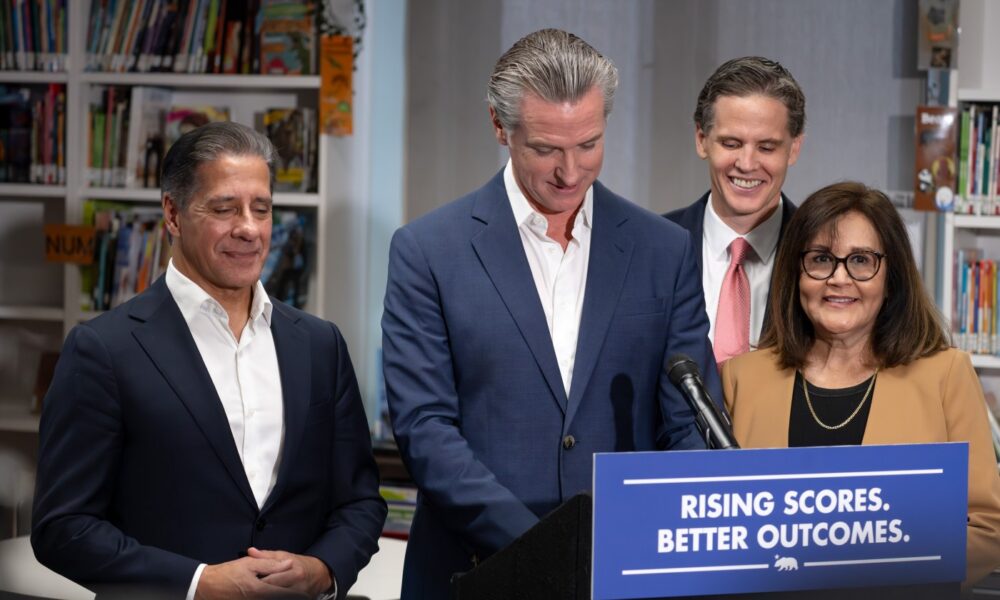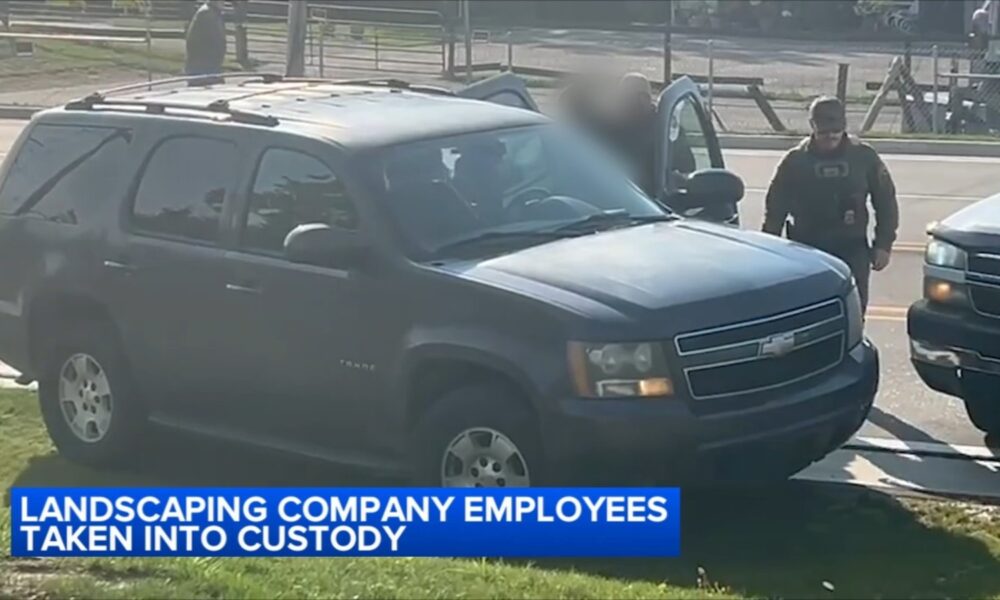BREAKING: California’s education system is facing an urgent crisis as new reports confirm that over half of all students tested this year failed to meet basic standards in English, while nearly two-thirds fell short in math and science. The alarming results, released by the California Department of Education, reveal a persistent trend of failure that cannot be ignored.
This year’s modest improvement of only 1.5% to 2% in scores has been hailed by Sacramento politicians as progress. However, many are calling it mere political spin as scores remain below pre-pandemic levels. Parents across the state, particularly those in California’s 23rd Senate District, voiced their frustration, feeling increasingly shut out of their children’s education and demanding transparency on the curriculum and academic performance.
Teachers, overwhelmed by larger class sizes, behavioral challenges, and significant learning loss, express a sense of abandonment and frustration. They entered the profession to educate, not to navigate bureaucratic hurdles. The Legislative Analyst’s Office (LAO) reports that student outcomes are closely linked to school climate and attendance, yet teachers are provided with insufficient tools to tackle these challenges. As a result, many teachers are leaving the profession due to stress and a lack of support.
The underlying issues stem from a system that has lost focus on its primary mission: serving students. Years of one-party control have fostered an environment where educational reforms, especially those benefiting struggling students, are continually blocked. Charter schools, particularly flexible, non-classroom-based programs, have shown success in helping students catch up, yet recent legislative efforts threaten their existence.
Assembly Bill 84, introduced by Assemblyman Muratsuchi, aimed to eliminate existing funding processes and increase oversight costs for charter schools, sparking outrage within the charter community. Although the bill failed this session, it is expected to resurface in January 2024. Another attempt, Senate Bill 414, proposed improved oversight and transparency for charters but was vetoed under union pressure.
The situation is dire as California allocates $133.8 billion annually for K-12 education—more than the defense budgets of many countries. Yet, the LAO reveals that achievement gaps remain “large and persistent,” particularly affecting low-income, Latino, and Black students. Despite this historic spending, gaps have widened, leaving taxpayers disillusioned and parents without answers.
Not every student will pursue a four-year university degree, and that is acceptable. However, every student deserves an education that equips them for life. This includes providing families with genuine choices, enhancing teacher support, and recognizing the importance of skilled trades and career training.
The LAO and EdSource warn of an impending crisis where millions of students may graduate unprepared for college or the workforce, presenting not just an educational failure but an economic threat to California’s future.
Suzette Martinez Valladares, representing the 23rd Senate District, emphasizes the need for accountability and urgent reforms. “Parents want schools that work, teachers who are supported, and kids who are prepared for the real world,” she states.
This situation didn’t occur by accident, but it can be remedied by challenging special interests, expanding successful programs, and prioritizing families’ needs. The time for action is now—California’s students deserve better, and so do their families.
As the state prepares for another legislative session in January 2024, all eyes will be on how officials respond to these pressing issues and whether they will finally prioritize the educational needs of California’s children.







